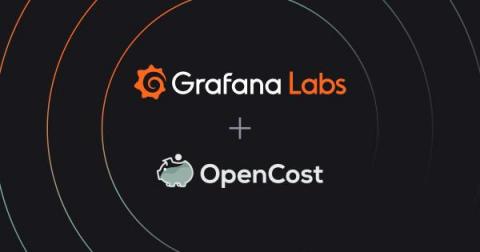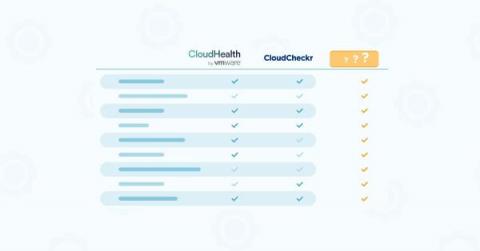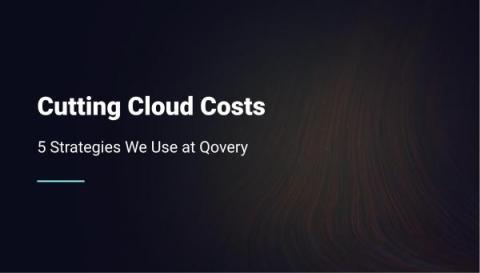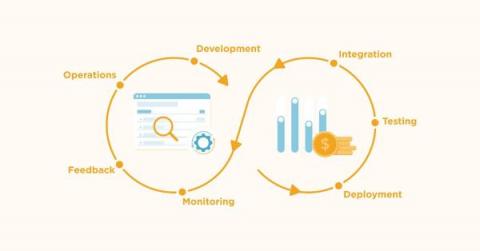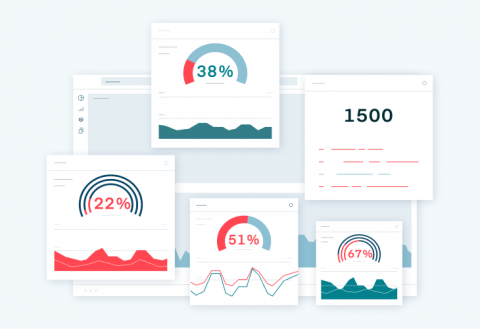SRE Vs. DevOps: A Simple Breakdown Of The Differences
You know this already. Regardless of your size, you must keep up with technological developments in your industry — and, increasingly, in other industries, even those that seem unrelated. Embracing disruption can enable you to increase your market share, revenue, and profit margins. Delegating some development and operations responsibilities to Site Reliability Engineering (SRE) experts allows developers to innovate and create new solutions faster.




